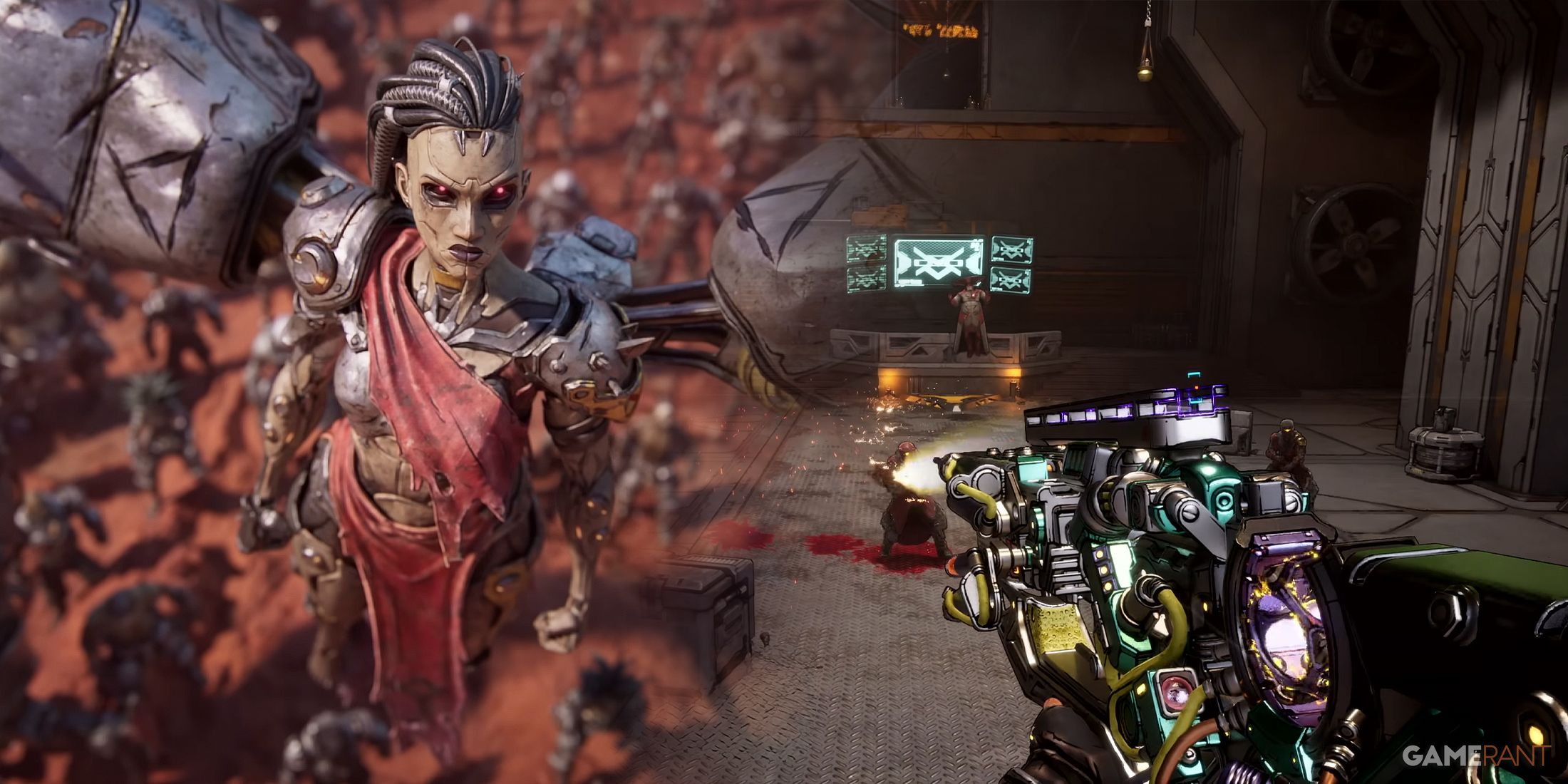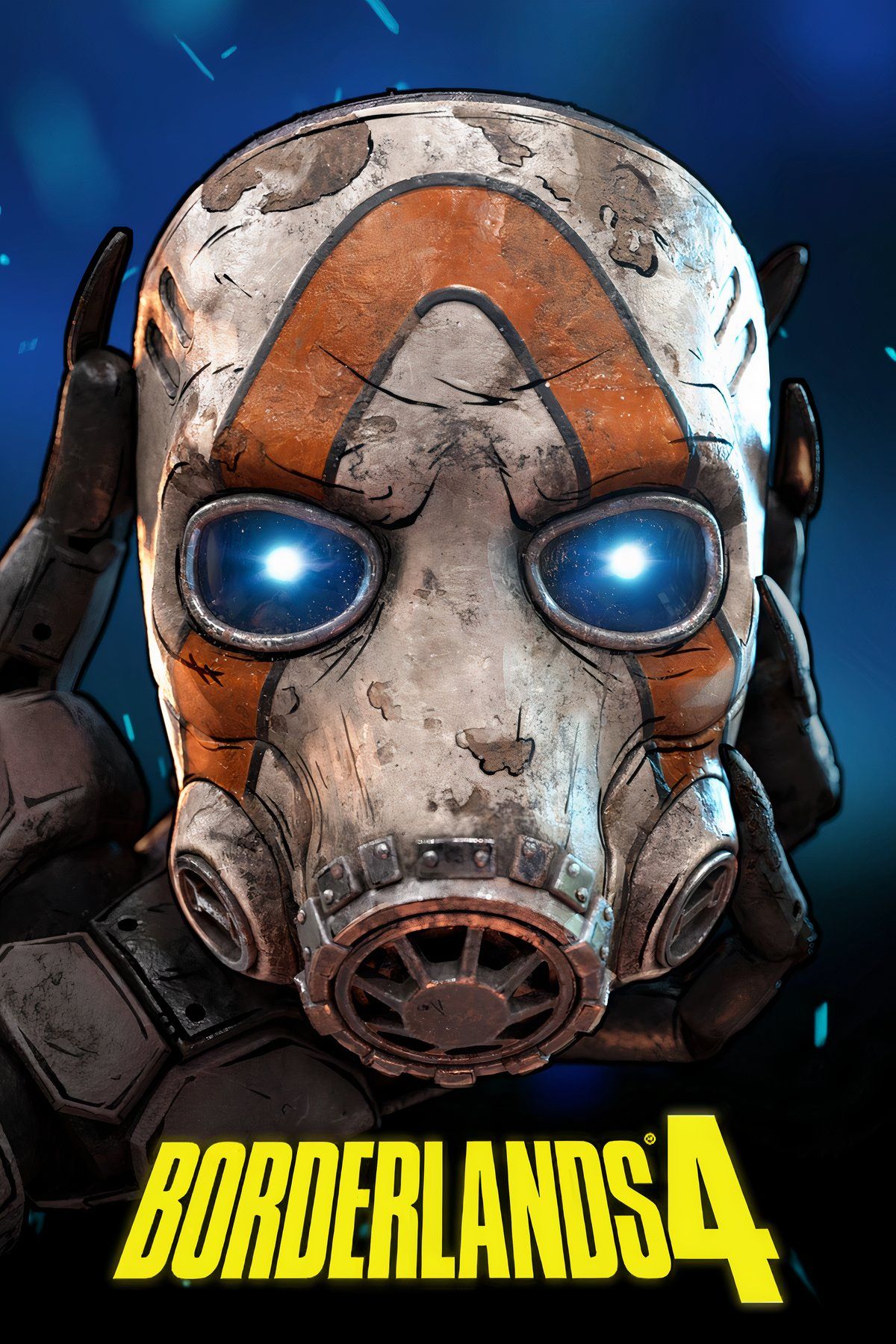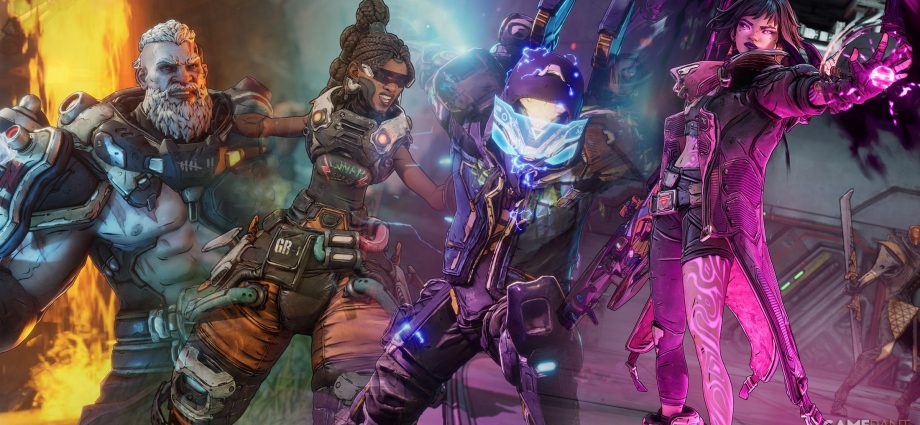Summary
- Borderlands 4 introduces new Vault Hunters with deeper storylines and more psychological complexity.
- The evolution of character archetypes in Borderlands 4 balances tradition with gameplay innovation.
- Borderlands 4 offers enhanced customization and flexibility for players compared to previous installments.
The Borderlands franchise is largely defined by its colorful cast of Vault Hunters, each of whom brings unique abilities and personalities to the chaotic world of Pandora. With Borderlands 4 scheduled to launch in September, fans are getting their first detailed look at four brand-new playable characters who will carry the torch into this next chapter. Here is an exploration of how these fresh faces in Borderlands 4 stack up against the legendary Vault Hunters who came before them.

Related
One New Borderlands 4 Manufacturer Has Some Obvious Ancestors
One new Borderlands 4 manufacturer brings the noise, but those who’ve looted through chaos before might recognize what’s buried beneath the rust.
Borderlands 4’s Vault Hunters Represent The Franchise’s Emphasis on Deeper Storylines
Character Archetypes: Evolution vs. Tradition
Vex the Siren represents the most direct connection between Borderlands 4 and its predecessors, carrying forward the franchise’s tradition of featuring a Siren in every main entry. Where Lilith from the original Borderlands specialized in crowd control and elemental damage alongside invisibility powers, Vex brings a notably different personality profile to the table. Described as kind but sarcastic with a rough childhood made harder by receiving Siren powers, Vex appears to embody a more world-weary approach compared to Lilith’s more straightforward assassin archetype.
The evolution here shows Gearbox’s commitment to keeping the Siren class fresh while maintaining its mystical appeal. Both characters harness Phase powers, but their backgrounds suggest vastly different approaches to wielding these abilities.
Similarly, Rafa the Exo-Soldier draws clear parallels to Roland from the original Borderlands, as both characters are military-trained fighters. However, their circumstances couldn’t be more different. While Roland was a traditional soldier archetype, Rafa character goes beyond his background as an ex-Tediore soldier — his dependency on his exosuit for survival sets him apart. These details suggest a character with a will to survive nearly impossible odds. This shift from confident military leader to struggling survivor reflects the franchise’s evolution toward more nuanced character development.
Gameplay Innovation vs. Established Formulas
A former Maliwan combat scientist turned tech enthusiast, Harlowe wields gravity manipulation and advanced gadgetry. The two Action Skills revealed so far showcase a focus on elemental area-of-effect damage with a technological twist. This aligns her thematically with elemental damage-dealers like Borderlands 3‘s Amara — though her scientific background and gadget-based approach suggest more versatile applications. Her core role, based on current information, continues the evolution from simpler action skills like Brick’s Berserk in Borderlands 1.
Amon presents possibly the most unique background yet seen in a Borderlands protagonist. The warrior-poet’s confirmed kit includes multiple weapons, although the shield stands out and suggests a close-combat premise. The shield is a new primary weapon type for the Borderlands franchise, and the novel playstyle it brings creates a sharp contrast with characters like Mordecai, whose hunter archetype was shoehorned into the box of long-range combat.
Past Simplicity vs. Modern Complexity
The original Borderlands Vault Hunters had relatively simple archetypes: Brick, the berserker who could punch through enemies; Lilith, the stealthy assassin; Mordecai, the patient hunter; and Roland, the reliable soldier. These characters served their gameplay roles effectively but offered limited narrative depth.
Borderlands 4‘s characters show significantly more psychological complexity. Each new Vault Hunter carries emotional baggage that informs their worldview: Vex’s bitter experience with unwanted powers, Rafa’s dependence on technology for survival, Harlowe’s scientific optimism, and Amon’s philosophical approach shaped by cult trauma. This represents a clear evolution in Gearbox’s character design, with the developer placing equal emphasis on emotional resonance alongside gameplay function.
Customization and Flexibility
Both generations offer extensive customization through skill trees and action skills, but Borderlands 4 appears to push flexibility further. While original Vault Hunters had a distinct skill tree and unique action skills, the new characters feature three Action Skills to choose from, each with their own attached skill trees that can be switched at any time, representing a significant evolution in player agency and build diversity.
The comparison reveals Gearbox’s attempt at a successful balance between honoring franchise traditions and pushing boundaries. While maintaining core elements like the Siren archetype and military specialist roles, Borderlands 4‘s Vault Hunters offer deeper personalities, more flexible gameplay options, and entirely new character concepts that expand the series’ possibilities while respecting its chaotic, loot-driven foundations.

Borderlands 4
- Released
-
September 12, 2025
- ESRB
-
Rating Pending
- Engine
-
Unreal Engine 5
- Multiplayer
-
Online Co-Op, Online Multiplayer
- Cross-Platform Play
-
Yes – all
